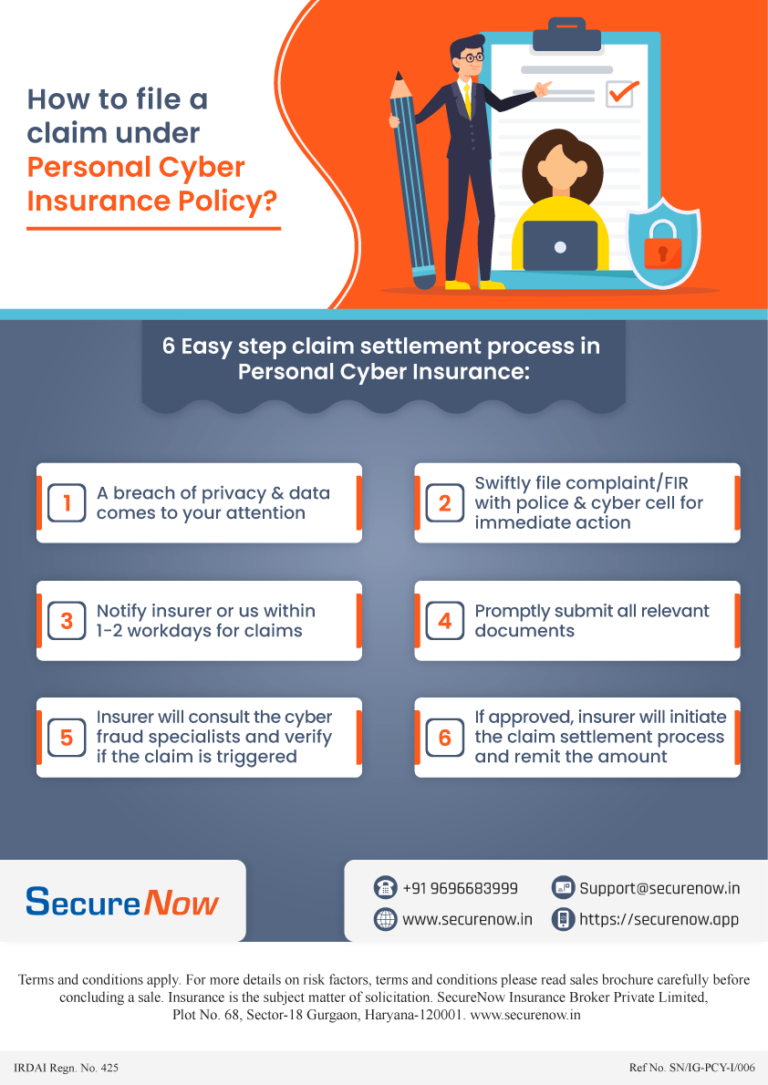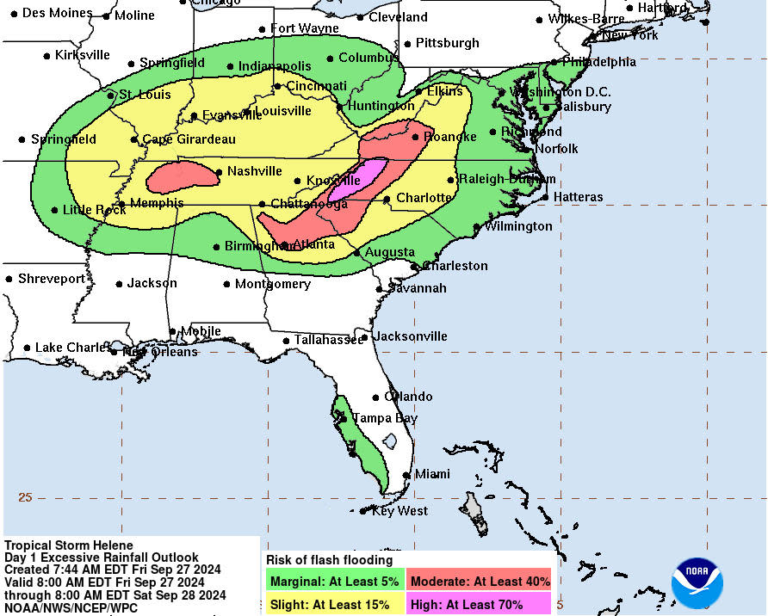Insurtech Innovations Shaping the Future of Insurance
Insurtech innovations are transforming the insurance landscape, ushering in a new era of efficiency and customer-centric solutions. With the rapid advancement of insurance technology, including artificial intelligence (AI in insurance), blockchain, and parametric insurance, the industry is poised for a significant overhaul. These innovations address the growing challenges posed by climate change, cyber threats, and an expanding global protection gap, projected to reach $1.86 trillion by 2025. By integrating usage-based insurance models and leveraging advanced data analytics, insurers can provide tailored coverage that meets the diverse needs of modern consumers. As we approach 2025, the intersection of technology and insurance promises not only to bridge gaps but also to enhance overall customer experiences and operational efficiency.
The insurance sector is experiencing a paradigm shift thanks to technological advancements and evolving consumer expectations. As we look toward 2025, terms like insurance technology and digital insurance solutions are becoming synonymous with the industry’s future. Innovations such as AI-driven risk assessment and blockchain for secure transactions are paving the way for more personalized and efficient services. Furthermore, the rise of smart contracts and real-time data analytics is enabling insurers to create products that are both transparent and responsive to customer needs. This transformation is not just about technology; it’s about reimagining the way insurance interacts with individuals and businesses in an increasingly complex world.
The Role of Insurtech Innovations in Modernizing Insurance
Insurtech innovations are at the forefront of transforming the insurance landscape, offering solutions that address the inefficiencies of traditional models. The integration of advanced technologies such as artificial intelligence (AI) and blockchain is enabling insurers to enhance operational efficiency, improve customer experiences, and provide tailored products. By leveraging AI, insurers can analyze vast datasets to identify trends and predict risks more accurately, which is crucial given the evolving landscape of threats such as cyber attacks and climate change. This shift not only helps in mitigating risks but also plays a pivotal role in closing the global protection gap that currently leaves many individuals and businesses underinsured.
Moreover, these innovations facilitate the development of new insurance products that cater to changing consumer demands. For instance, the rise of parametric insurance, which relies on predefined triggers for automatic payouts, exemplifies how insurtech is revolutionizing claims processes. This model enhances transparency and speeds up settlements, addressing one of the most significant pain points in traditional insurance. As insurtech continues to evolve, it is essential for industry stakeholders to remain adaptable and proactive in embracing these changes to stay competitive in a rapidly changing marketplace.
Artificial Intelligence: Revolutionizing Risk Assessment
Artificial intelligence (AI) is reshaping risk assessment in the insurance industry by providing more accurate and efficient methods for analyzing potential risks. By utilizing machine learning algorithms, insurers can process and interpret massive datasets from various sources, including IoT devices and social media platforms. This capability allows insurers to create detailed risk profiles that reflect real-time conditions and consumer behavior, leading to more personalized coverage options. Furthermore, AI-driven predictive analytics can identify patterns that may indicate fraud, enabling insurers to mitigate losses proactively.
In addition to enhancing risk assessment, AI is instrumental in optimizing pricing models within the insurance sector. By analyzing individual customer data, insurers can develop pricing structures that align more closely with actual risk levels, moving away from the one-size-fits-all approach of traditional insurance. This not only offers consumers fairer premiums but also encourages safer behaviors through incentive programs, ultimately benefiting both insurers and policyholders.
Understanding Parametric Insurance and Its Benefits
Parametric insurance is rapidly gaining traction as a viable alternative to traditional insurance models, particularly in scenarios involving natural disasters and business interruptions. Unlike conventional insurance, which requires lengthy claims processes, parametric insurance offers automatic payouts based on predefined parameters or triggers, such as wind speed or rainfall measurements. This streamlined approach significantly reduces the time and effort required to settle claims, providing policyholders with quicker financial relief in times of need.
The appeal of parametric insurance lies in its transparency and ease of use. Policyholders can clearly understand the conditions that will trigger payouts, which eliminates ambiguity and enhances trust in the insurance process. As climate change continues to pose new risks, insurers are increasingly adopting parametric models to protect their clients against unpredictable weather patterns and related disruptions. This innovation not only addresses immediate financial concerns but also aligns with the broader trend of integrating technology into insurance solutions.
The Future of Usage-Based Insurance Models
Usage-based insurance (UBI) is poised for significant growth as consumers demand more personalized and equitable pricing models. By utilizing telematics and IoT technology, insurers can monitor real-time data related to driving behaviors or lifestyle choices, allowing for more accurate risk assessments and tailored premiums. This not only benefits consumers by aligning costs with actual usage but also encourages safer behaviors, such as reduced speeding or increased exercise, ultimately leading to lower claims rates.
As UBI models become more sophisticated, insurers will need to navigate privacy concerns and ensure compliance with regulations. However, the benefits of these models are undeniable; they provide a more transparent pricing structure and foster a sense of accountability among policyholders. The shift toward usage-based pricing reflects a broader trend in the insurance industry, where personalization and consumer-centric solutions are becoming increasingly important.
Blockchain Technology: Enhancing Transparency and Efficiency
Blockchain technology is revolutionizing the insurance industry by enhancing transparency and streamlining operations. By creating a secure and immutable record of transactions, blockchain can facilitate real-time data sharing among insurers, reinsurers, and other stakeholders. This capability not only reduces the risk of fraud but also enables faster claims processing, as all parties can access the same verified data simultaneously. As a result, the administrative burden on insurers is significantly reduced, allowing them to focus more on customer service and product development.
Moreover, smart contracts—self-executing contracts with the terms directly written into code—are becoming a game-changer in the insurance industry. These contracts automatically execute payouts when predefined conditions are met, eliminating the need for manual claims processing and reducing administrative costs. As blockchain technology matures, its potential to reshape the insurance landscape will become increasingly evident, offering insurers the tools to improve efficiency while enhancing consumer trust.
Climate Risk Analytics: Addressing Emerging Challenges
With the increasing frequency and severity of climate-related events, climate risk analytics is becoming a critical focus for insurers. By employing advanced modeling techniques, insurers can better understand the potential impacts of climate change on their portfolios and develop products that specifically address these emerging risks. This proactive approach not only helps in refining underwriting decisions but also supports the development of innovative insurance solutions that cater to the unique challenges posed by climate change.
Furthermore, as consumers and businesses become more environmentally conscious, insurers are recognizing the importance of sustainability in their operations. Incorporating climate risk analytics into their decision-making processes allows insurers to promote greener practices and align their offerings with the growing demand for eco-friendly solutions. This trend not only enhances insurer reputations but also attracts a new generation of customers who prioritize sustainability in their purchasing decisions.
Digital Platforms: Enhancing Customer Experience
The digital transformation of the insurance industry is redefining customer experiences, as insurers invest in sophisticated mobile applications and online platforms. These digital tools empower consumers by providing them with enhanced self-service options, allowing them to manage their policies, file claims, and access information at their convenience. Additionally, the integration of virtual assistance and personalized recommendations through AI can significantly improve customer satisfaction by ensuring that consumers receive relevant information tailored to their needs.
Moreover, emerging technologies like augmented reality (AR) and virtual reality (VR) are being explored to create engaging customer interactions. For instance, insurers can use AR for virtual home assessments or VR for immersive educational experiences about coverage options. By incorporating these technologies, insurers not only enhance the customer journey but also differentiate themselves in a competitive market, ultimately driving customer loyalty and retention.
Understanding Quantum Computing’s Role in Risk Modeling
Quantum computing represents a groundbreaking advancement in technology that has the potential to revolutionize risk modeling within the insurance sector. By harnessing the power of quantum mechanics, these advanced computing systems can process complex risk scenarios and variables at unprecedented speeds, enabling insurers to develop more accurate pricing models and risk assessments. This capability will be particularly valuable in areas requiring extensive simulations, such as catastrophe modeling, where traditional computing methods fall short.
Insurers that collaborate with quantum computing providers will gain a competitive edge in the rapidly evolving landscape of risk analysis and product development. As these technologies continue to mature, they will allow insurers to better understand and manage risks associated with emerging threats, from natural disasters to cybersecurity incidents. Quantum computing will be a vital tool for insurers seeking to adapt to the changing demands of the market while ensuring they remain profitable and sustainable.
Edge Computing: The Future of Real-Time Insurance Processing
Edge computing is set to transform insurance operations by enabling real-time data processing at the point of collection. This paradigm shift is particularly beneficial for usage-based insurance products, where timely and accurate data is crucial for immediate risk assessments and pricing adjustments. By processing data closer to where it is generated—be it from connected devices, vehicles, or smart home systems—insurers can eliminate latency issues and enhance their ability to respond to emerging risks swiftly.
The implications of edge computing extend beyond just improved efficiency; they also foster innovation in product offerings. For instance, automated accident response systems can leverage real-time data to assess incidents and initiate claims processes almost instantaneously. This capability not only improves customer satisfaction but also positions insurers as leaders in adopting cutting-edge technologies that align with consumer expectations for speed and reliability.
Internet of Behaviors: A New Frontier in Risk Assessment
The Internet of Behaviors (IoB) represents an exciting new frontier in risk assessment for insurers, focusing on understanding and analyzing consumer behavior through digital data. By leveraging insights from customer interactions and device usage, insurers can create more accurate risk profiles that reflect individual behaviors and preferences. This innovative approach allows insurers to offer personalized products and proactive risk management solutions that resonate with customer needs.
As IoB technologies continue to evolve, they will enable insurers to incentivize safer behaviors through tailored programs and rewards. For example, insurers can use insights gained from IoB to promote healthier lifestyles or safer driving habits, ultimately reducing claims and enhancing overall customer engagement. Privacy considerations will remain paramount, but compliant IoB applications will empower insurers to better understand their customers while fostering a culture of safety and responsibility.
Frequently Asked Questions
What are insurtech innovations and how are they transforming the insurance industry?
Insurtech innovations refer to the use of technology to enhance and streamline insurance processes. This includes advancements such as AI in insurance for better risk assessment, blockchain for secure transactions, and usage-based insurance models that provide tailored premiums based on actual behavior. These innovations are critical in addressing the growing protection gap and improving customer experiences.
How does AI in insurance improve risk assessment and fraud detection?
AI in insurance leverages machine learning algorithms to analyze vast datasets, enabling insurers to create more accurate risk profiles. This technology enhances fraud detection by identifying unusual patterns and behaviors that may indicate fraudulent activities, ultimately leading to more reliable underwriting and pricing strategies.
What is parametric insurance and how does it work?
Parametric insurance is a type of insurance that offers automatic payouts based on predefined triggers, such as natural disasters or specific events. By using real-time data from sensors and satellites, parametric insurance eliminates lengthy claims processes, providing quick and transparent settlements to policyholders.
What is usage-based insurance and how does it benefit consumers?
Usage-based insurance (UBI) utilizes IoT devices to monitor actual usage patterns, allowing insurers to offer personalized premiums based on individual behavior. This approach not only promotes safer practices but also ensures that consumers pay fair prices aligned with their actual risk, making insurance more equitable.
How is blockchain technology enhancing the insurance sector?
Blockchain technology enhances the insurance sector by providing a secure and transparent way to process transactions and manage data. Smart contracts automate claims processing, reducing the potential for fraud and administrative costs, while facilitating efficient data sharing among stakeholders, thereby improving overall operational efficiency.
What trends in insurtech are shaping the future of insurance?
Key trends shaping the future of insurance include AI-driven predictive analytics for risk assessment, the rise of embedded insurance for seamless customer experiences, the expansion of parametric insurance for quick payouts, and the adoption of blockchain technology for enhanced transparency and efficiency in operations.
How does quantum computing impact risk modeling in insurance?
Quantum computing revolutionizes risk modeling in insurance by enabling the processing of complex scenarios and vast datasets at unprecedented speeds. This advancement allows insurers to refine pricing models and improve risk assessments, particularly in areas like catastrophe modeling and investment portfolio optimization.
What role does edge computing play in usage-based insurance?
Edge computing plays a crucial role in usage-based insurance by enabling real-time data processing directly at the point of collection. This technology enhances the efficiency of telematics and connected devices, allowing for instantaneous risk assessments and dynamic pricing adjustments based on live data.
How can the Internet of Behaviors (IoB) improve risk assessment in insurance?
The Internet of Behaviors (IoB) analyzes customer behavior patterns through digital data to create more accurate risk profiles. Insurers can use insights from IoB to predict potential risks and personalize product offerings, thus improving risk management and promoting safer behaviors among policyholders.
What is the significance of digital transformation in the insurance industry?
Digital transformation is significant in the insurance industry as it enhances customer experience through advanced mobile apps and digital platforms. Insurers are investing in self-service capabilities, virtual assistance, and personalized recommendations, which align with consumer expectations for seamless and accessible insurance solutions.
| Key Trend | Description |
|---|---|
| AI & Predictive Analytics | Integration of AI for accurate risk assessment, fraud detection, and personalized pricing. |
| Embedded Insurance | Seamless integration of insurance into purchase processes for convenience. |
| Parametric Insurance | Automatic payouts based on predefined triggers, enhancing transparency. |
| Usage-Based Insurance (UBI) | Pricing based on actual usage and behavior, enabled by IoT devices. |
| Blockchain and Smart Contracts | Streamlining operations and enhancing transparency through automated processes. |
| Climate Risk Analytics | Investments in climate risk modeling to address climate-related risks. |
| Enhanced Customer Experience | Investment in digital platforms for self-service and personalized recommendations. |
| Quantum Computing | Revolutionizing risk modeling and actuarial calculations for more accurate pricing. |
| Edge Computing | Real-time data processing at the point of collection to enhance decision-making. |
| Internet of Behaviors (IoB) | Understanding human behavior through digital data for better risk assessment. |
Summary
Insurtech innovations are set to redefine the insurance landscape as we approach 2025. With the insurance industry facing a critical crossroads due to the looming global protection gap, these innovations offer essential solutions to emerging risks. Technologies such as AI, embedded insurance, and blockchain are not just abstract concepts; they are practical tools that promise to enhance customer experience, streamline operations, and ultimately close the protection gap. As insurers harness these advancements, they will be better equipped to meet the evolving needs of consumers, ensuring resilience and sustainability for the future.







